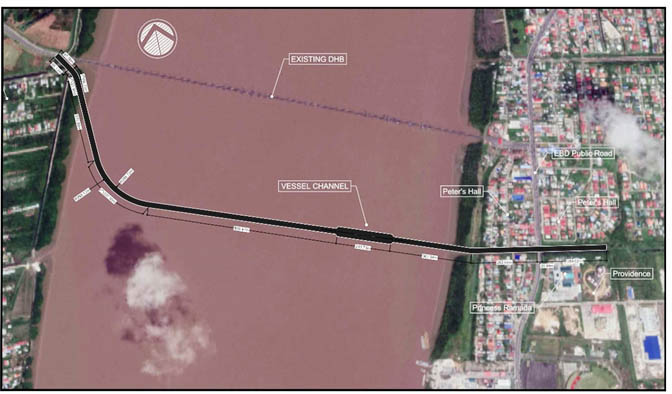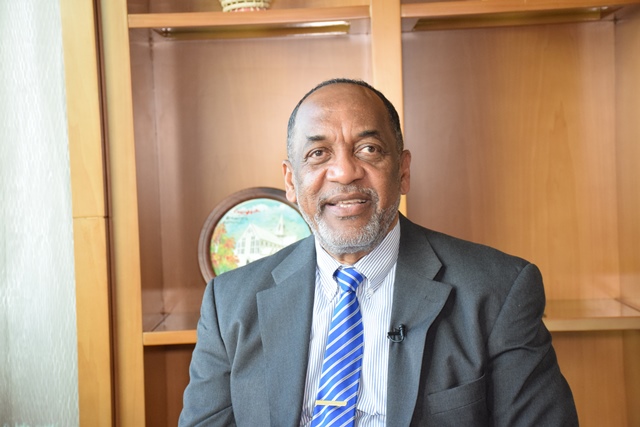Former head of the Environmental Protection Agency (EPA) Dr Vincent Adams has described as scandalous the decision by the agency not to conduct an Environmental Impact Assessment (EIA) for the construction of the new bridge across the Demerara River.
“That is crazy. That is so absurd and in your face and blatant. An EIA is the most important document on any big project and then to call [the bridge] a replacement. That is a totally different bridge, a totally different design, in a totally different location. You’ve got mangroves to deal with, pilings, the current, sedimentation,” he argued.
Adams described as amusing a claim by Minister of Public Works Juan Edghill that pile driving is a normal everyday activity.

He suggested that the minister live in the vicinity of such works and see if he would feel the same way before noting that even the EPA building in Sophia under-went a redesign after residents were significantly affected by the driving of piles during its construction.
Referencing an article appearing in the September 12 edition of Sunday Stabroek, Adams said he had not even considered that aircraft approaching Ogle might be impacted by the new bridge.
“I saw somebody bring up the flight path in the newspaper. I never even thought of that but such considerations is why an EIA is necessary… [if nothing else] it establishes a baseline,” he pronounced.
Sunday Stabroek reported that engineering experts believe the EPA erred when it opted not to request an EIA for the new Demerara Harbour Bridge since the information contained in such a study is integral to how firms would propose a design.
“Everything that needs to be done should be guided from the data and information collected from that EIA and to not have it potentially opens up the country or puts it at risk of not getting value for dollar. I think it is premature of the EPA… to make a statement like it did … they perhaps don’t understand the implications of what they are saying and clearly weren’t guided by expert engineering personnel,” one engineer told this newspaper.
The experts said it is unfair to both the company that will be working only with an Environmental Management Plan and people of Guyana who will ultimately have to pay whatever set costs are given for the crossing.
Worrying to one local engineer is if the bridge will pose any impact on domestic pilots landing at the Ogle Airport as aircraft landing at Ogle would line up with airport from over the river. Depending on how high the pylons for the cable are, it could obscure the landing path for aircraft.
After saying last November that an EIA would be done, the EPA prompted shock in some circles when on August 18 it said that an application for an environmental permit for the new bridge had been received and in its judgement it will not require an EIA.
The public was then given 30 days to consider the EPA decision and whether an appeal should be lodged with the Environmental Assessment Board (EAB).
The new notice saw environmentalist Simone Mangal-Joly writing the EAB – the body which determines appeals of decisions by the EPA – objecting to the EPA’s decision while pointing out that it was a reversal of an earlier position that acknowledged the need for one.
The decision against an EIA has been seen by some as intended to enable the speedy construction of the bridge.
Mangal-Joly contended that the EPA has also not provided the reasons why it determined that this activity would not have a significant impact and is there-fore exempt from an Environmental Impact Assessment.






